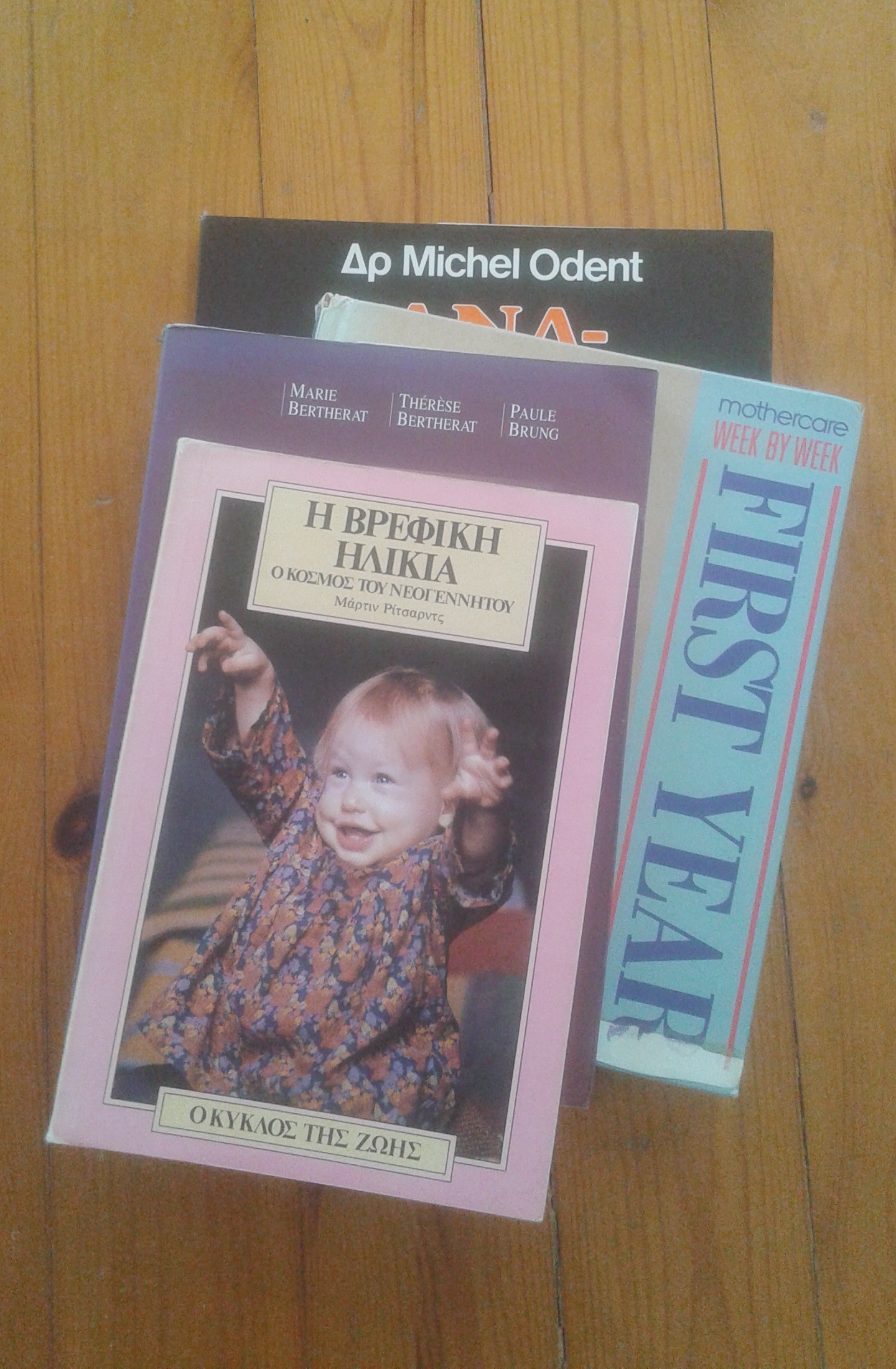Other Colours by Orhan Pamuk
“Societies, tribes, and peoples grow more intelligent, richer, and more advanced as they pay attention to the troubled words of their authors, and, as we all know, the burning of books and the denigration of writers are both signals that dark and improvident times are upon us”. Orhan Pamuk
“So the notice is there to remind him that, while some people pass through this door, others cannot. Which means the NO ENTRY sign is a lie. Actually, what it should say is NOT EVERYONE WHO WANTS TO ENTER IS ALLOWED TO DO SO. By implying that certain privileged people can pass through, all those who do not possess the requisite privileges are barred, even if they wish to enter. At the same time it accords to those who have no wish to enter the same fate as those who do.” Orhan Pamuk
“…. to be happy is not rude, and it takes brains.” Orhan Pamuk
“One day I’ll write a book that’s made only from fragments too.” Orhan Pamuk
Today’s post is about a book I’ve been reading by the Turkish writer and Nobel Prize winner for literature, Orhan Pamuk, Other Colours (2007), and some recent, accompanying artwork.
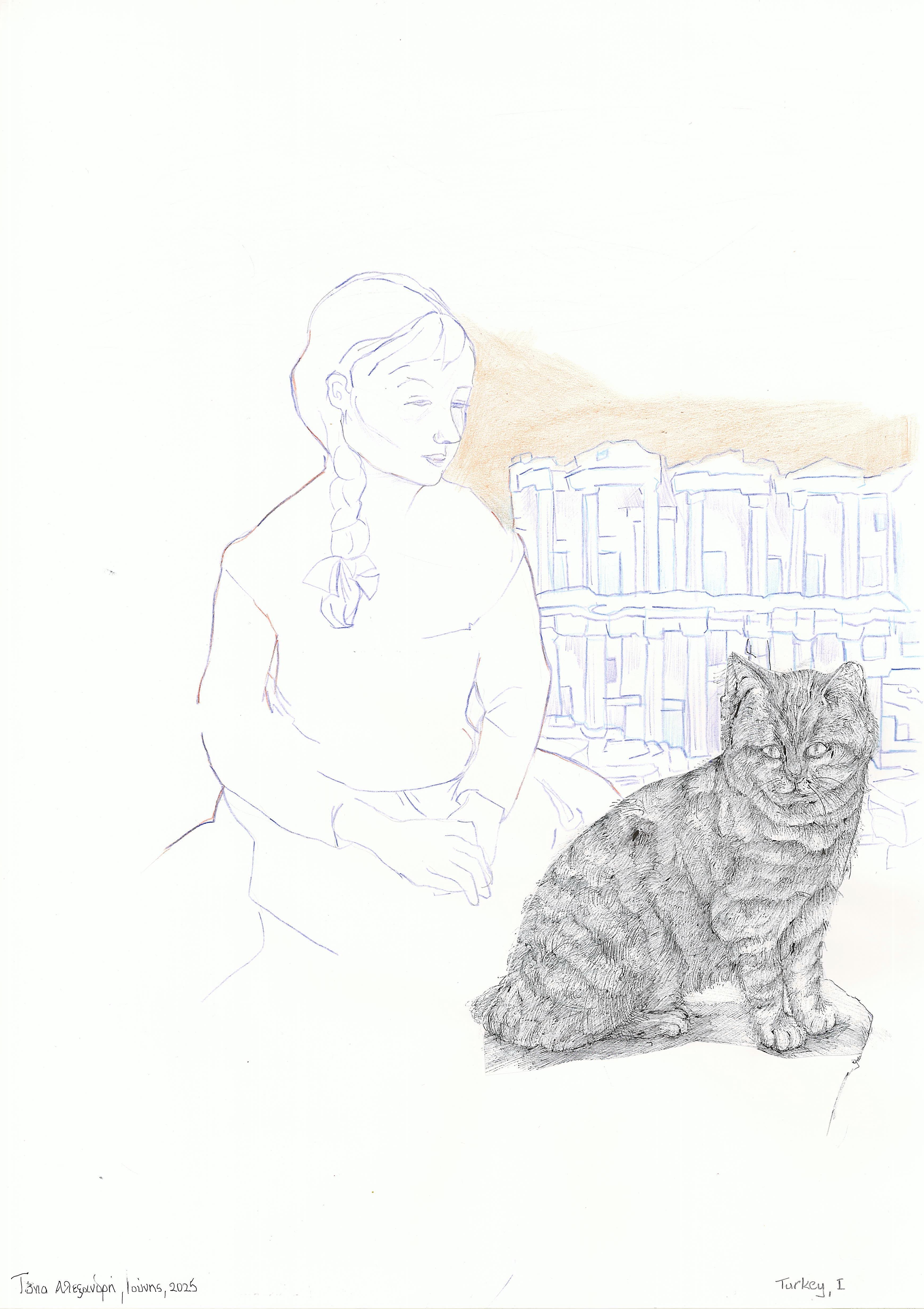
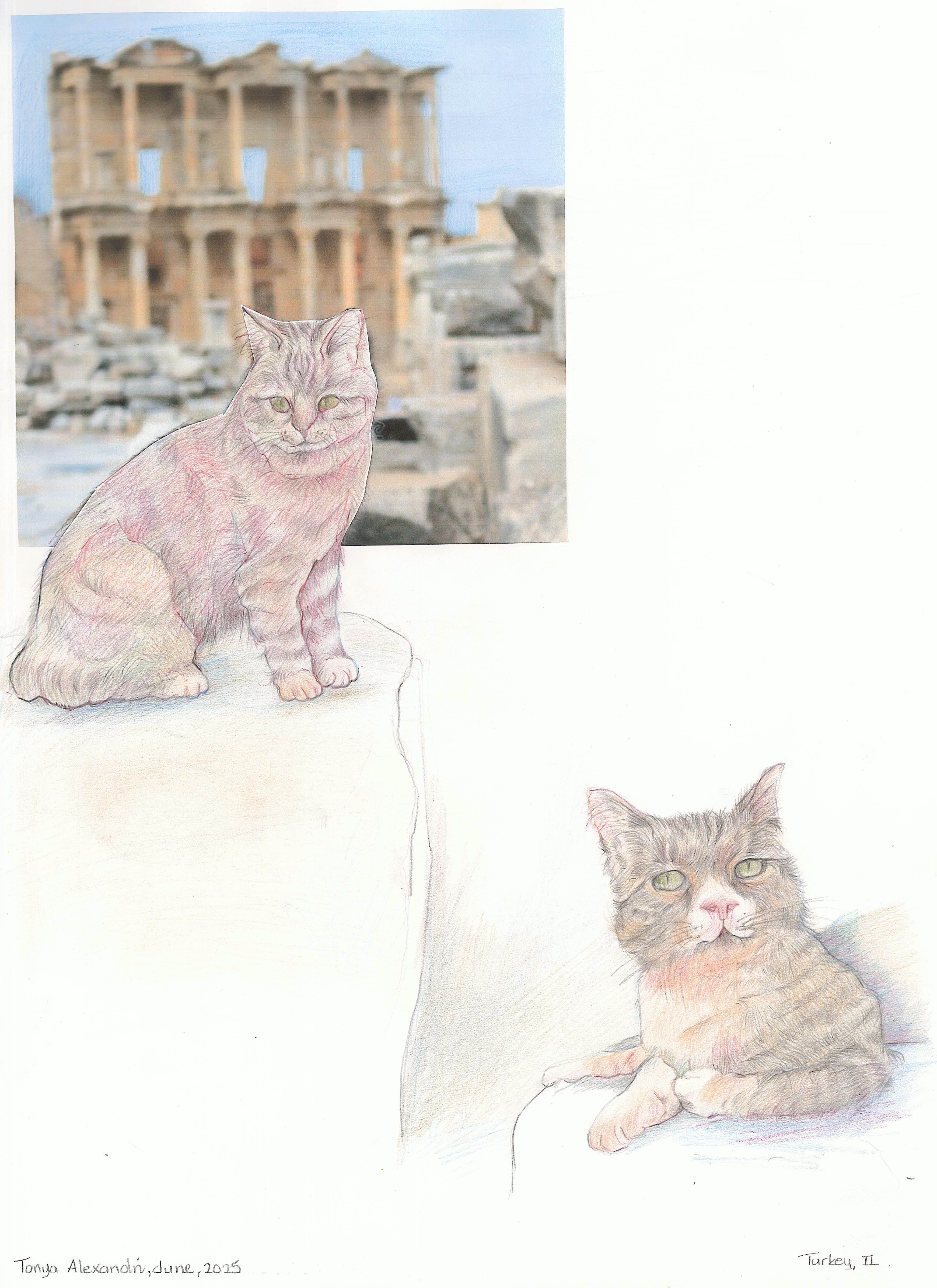

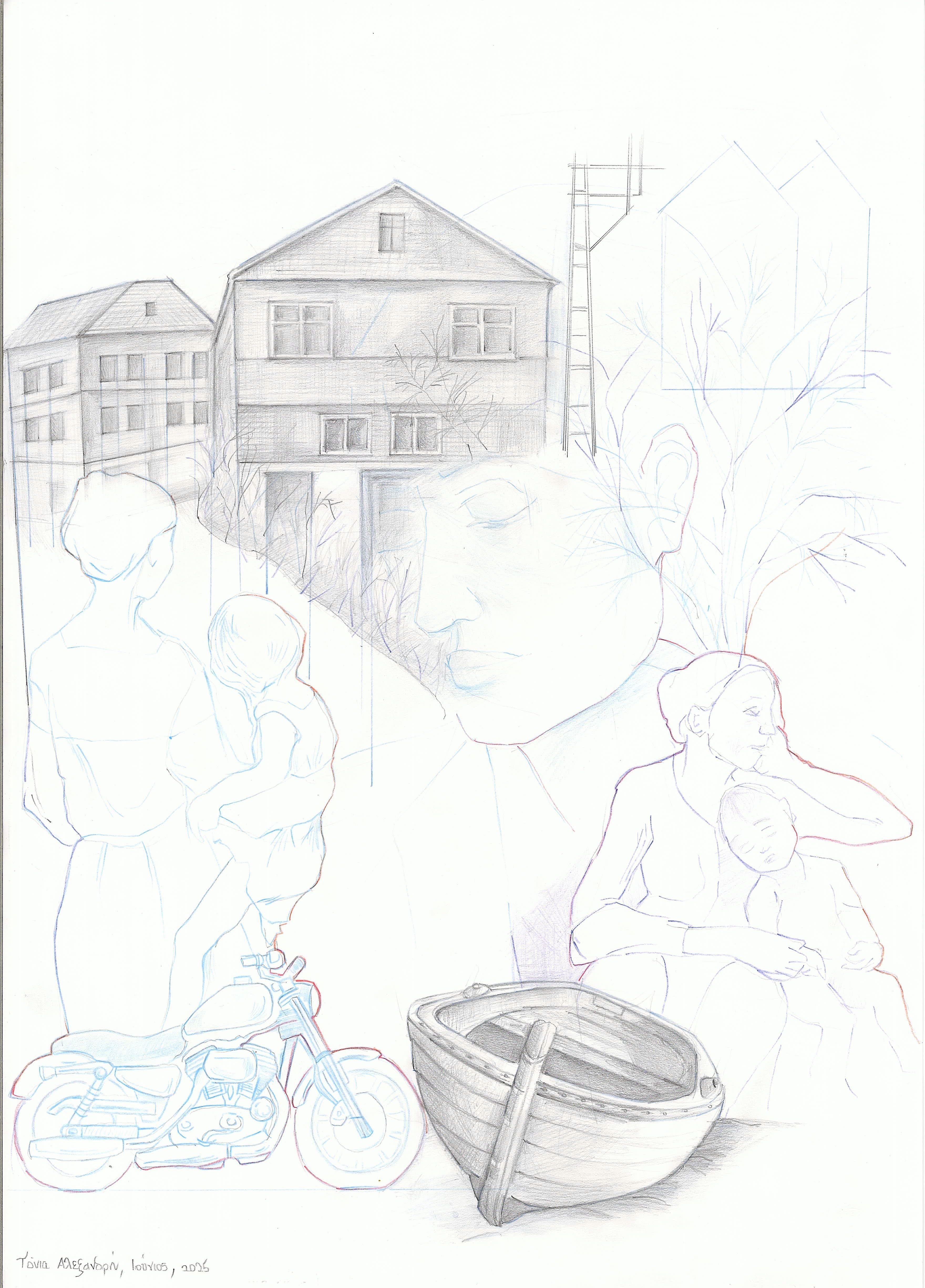
Pamuk enjoys a significant readership in Greece, and many of his books have been translated and critically acclaimed here, but as far as I can recall I don’t seem to have read any of his works, even though I did find a copy of a Greek edition of Snow on my shelves recently. I had purchased it in 2007, but apparently I’d never got round to reading it and then I forgot about it.
Other Colours is an abundant collection of 76 non-fiction pieces written over decades, as well as, some photos of Ottoman miniaturists’ art and the writer’s illustrations. The book is structured into nine sections, each exploring different facets of the writer’s thoughts on a broad range of topics. Pamuk notes: “…this book is shaped as a sequence of autobiographical fragments, moments, and thoughts,” and elsewhere, “I gathered up these pieces to form a totally new book with an autobiographical center.” He reflects on almost everything, with melancholy, nostalgia, irony, and a lot of humour, and manages to weave, memories, ideas, dreams, buildings and places, history and politics, human rights and censorship, self and identity, personal joy and public tragedy, natural and social disasters, family and the fragility of life, Eastern and Western art, his early resolutions to become a painter, the reason he didn’t become an architect, his experience of being a novelist, his own artistic process, his novels, literature and literary figures, and more, into a coherent narrative.
On literature he comments: “Over time, I have come to see the work of literature less as narrating the world than “seeing the world with words.” From the moment he begins to use words like colors in a painting, a writer can begin to see how wondrous and surprising the world is, and he breaks the bones of language to find his own voice. For this he needs paper, a pen, and the optimism of a child looking at the world for the first time.” As for what it is like being a novelist he tells us: “When a novelist begins to play with the rules that govern society, when he digs beneath the surface to discover its hidden geometry, when he explores that secret world like a curious child, driven by emotions he cannot quite understand, it is inevitable that he will cause his family, his friends, his peers, and his fellow citizens some unease. But this is a happy unease. For it is by reading novels, stories, and myths that we come to understand the ideas that govern the world in which we live; it is fiction that gives us access to the truths kept veiled by our families, our schools, and our society; it is the art of the novel that allows us to ask who we really are.”
The book includes critical essays of the works of many literary figures, such as, Cervantes, Tolstoy, Hugo, Nabokov, Camus, Salman Rushdie, Sterne, Coleridge, Virginia Woolf, Faulkner, Mann, Hemingway, Proust, Borges, Kafka, Dostoyevsky, with whom he finds he shares an affinity, and many more from different countries and cultures. Pamuk sheds light on Dostoyevsky, the man, his era and the contradictions of those who live, as he writes, on the edge of Europe. He claims that to understand the secrets that Dostoyevsky’s book, Notes from Underground, “whispers to those who, like me, live on the edge of Europe, quarreling with European thought, we need to look at the years during which Dostoyevsky was writing this strange novel.” He adds that even though Dostoyevsky had begun to feel anger toward the Western intellectuals who looked down on Russia, he was still a product of his Western education and upbringing and still practising a Western art, the art of the novel.
He goes on to tell us that he has a vivid memory of reading The Brothers Karamazov at the age of eighteen, alone in his room in a house that looked out on the Bosphorus. I also read some of Dostoyevsky’s works, including this lengthy book, when I was 16 and 17. Unlike Pamuk though, I didn’t return to the book in adulthood and so it inevitably became a distant memory. If we don’t return to books, the stories, characters and ideas we at one point engaged with often become faded memories. However, even though we may forget the stories, other things remain, like how the book made us feel, the actual physical object, the context we read it in, our response to its ideas at the time, and maybe other peoples’ responses, too. Ultimately, all the books we have read make us who we are. They reduce our childhood innocence and show us how the world works. Pamuk observes that unlike Proust’s hero, he never assumed the identities of characters in books or believed these events were happening to him, but he did enjoy the excitement of entering a space altogether different from his everyday world. He liked to study “the interior world of the novel in much the same way as [he] once studied the liquid inside [his] soft-drink bottle.”
In his essays we witness the pleasure he derives from reading, but also his need to recycle and dispose of books. He says: “Because I live in a country almost devoid of books and libraries, I at least have an excuse. The twelve thousand books in my library are what compel me to take my work seriously……,” and explains that “an easy way to clear them out is to decide which books we’d prefer to, shall we say, hide or banish altogether, so that our friends won’t see them at all. We can throw large numbers of books away just so no one will know you ever took such nonsense seriously.” He also reflects on themes like his belief in literature’s power to question life’s intrinsic nature and the process of creating meaning, as well as, the diminishing number of readers in Turkey. Concerning the low numbers of readers in his coutry he comments: “Still, I live in a country that views the nonreader as the norm and the reader as somehow defective, so I cannot but respect the affectations, obsessions, and pretensions of the tiny handful that read and build libraries amid the general tedium and boorishness.”
Through this narrative, composed of many fragments, Pamuk succeeds in revealing how personal and creative lives are inextricably linked. He doesn’t shy away from emotions and intimate experiences. He writes lovingly of his daughter. Parents, relatives and friends walk through his pages. He writes about his childhood, school experiences and early events to understand how they have shaped him and to make links between events and his stories and characters: “When I was little, a boy the same age as I—his name was Hasan—hit me just under the eye with a stone from his slingshot. Years later, when another Hasan asked me why all the Hasans in my novels were evil, this memory returned to me” or “Because I came to love horses during my childhood summers on Heybeliada, I’ve always given very good parts to horses and their carriages. My horse heroes are sensitive, delicate, forlorn, innocent, and often the victims of evil.”
He remembers his father, who despite his frequent long absences suffused him with the confidence to pursue his dreams: “When I was a child my father would look with heartfelt admiration at every picture I drew; when I asked his opinion, he would examine every scribbled sentence as if it were a masterpiece; he would laugh uproariously at my most tasteless and insipid jokes. Without the confidence he gave me, it would have been much more difficult to become a writer, to choose this as my profession. His trust in us, and his easy way of convincing my brother and me that we were brilliant and unique, came from a confidence in his own intellect,” and elsewhere, “Much later, when I’d put all that behind me, when anger and jealousy no longer clouded my view of the father who had never scolded me, never tried to break me, I slowly came to see—and to accept—the many and inescapable similarities between us.”
Pamuk explores his deep need to sit in solitude to dream, read and write. He gives us a glimpse of the workings of his creative mind and vivid imagination, and the thoughts he usually doesn’t talk about with others, concerning the objects that surround him, a sad, small tricycle or a beloved wristwatch, for instance. One such story is about an ashtray. I remember similar ashtrays in the shape of fish, shells or cupped hands from my own childhood. He writes: “Someone made a porcelain ashtray in the shape of a fish, and the poor fish will be burned by cigarettes for years on end, its mouth opened wide enough so that it’s not just dirty ashes it will have to swallow; its mouth is big enough to accommodate butts, matches, and all manner of filth.” Sometimes the author speaks to us through the voice of inanimate things like the figures in a drawing. These designs on paper tell us: “We are troubled by the abundance of rumors about where we come from, who we are, where we’re going…… after centuries of wandering, defeat, and disaster, our stories are lost. The drawings that once illustrated these stories have been scattered across the world. Now even we have forgotten where we are from. We have been stripped of our stories and our identities.”
Animals are also present in these essays and stories. Pamuk’s stories involve horses, seagulls, swallows and packs of stray dogs roaming the streets of Istanbul. For instance, he writes: “Revenge breeds revenge. Two years ago, when eight or nine dogs cornered and attacked me in Maçka Park, it seemed as if they had read my books and knew I had exacted poetic justice on them to punish them for roaming, especially in Istanbul, in packs. This, then, is the danger in poetic justice: Taken too far, it might ruin not just your book—your work—but your very life.”
In the part of the book with the title: My Books Are My Life he offers us insights into some of his novels and provides backstories, personal reflections on his books, and the emotional resonance he finds in his characters’ vulnerabilities. For instance, he draws on the material he gathered during his visits to Kars, the setting of Snow, to provide details of the the beauty, the sociopolitical landscape, and the loneliness and isolation that the city evoked in him. He notes: “If there is a silence, a dullness, a strange sense of calm, it is because the streets are full of people who have made peace with misery and helplessness; the state has banned all other possibilities, and done so with some violence.”
The book includes pieces about the 1999 earthquake that killed 30,000 people in a matter of seconds, and the general earthquake angst it generated. He writes about the lived experience, the fear, the destruction, the loss of lives, the Turkish mentality and the reasons so many buildings collapsed like a tower of deck cards. He comments: “…the death toll of thirty thousand had laid bare the construction sector’s practice of building shoddily on poor soil without any effort at earthquake proofing. For the twenty million living in the environs of the city, nightmares sprang from the well-founded fear that their homes would be unable to withstand an earthquake of the intensity that the scientists had now forecast……. very slowly the millions of İstanbullus living in unsound buildings on unsound soil have come to understand that they have to find their own way of fending off terror. This was how some came to leave the matter to Allah or, with time, simply to forget it, while others now take false comfort in precautions they adopted after the previous earthquake.”
He devotes pages to his beloved Istanbul, its neigbourhoods and buildings and the dramatic changes it has undergone. Pamuk says that the history of Istanbul is the history of fires and ruins from the middle of the 16th century, when the building of wooden houses became popular, until the early 20th century. Fires, he explains, opened up its avenues and streets and shaped the city. He writes: “In those days it was against the law to knock down your old home to make room for the new apartment building……. people would move out, and once the mansion had become uninhabitable due to neglect, rotting wood, and age you could get permission to tear it down. Some would try to speed up the process by pulling out tiles to let in the rain and the snow. A faster, bolder option was to burn it down one night when no one was looking.” Part of the change happened to accommodate the rapidly growing population that went from one to ten million [today it’s about 16 million, the most populous city in Europe and larger than many countries, including Greece] in a very short space of time: “if you were to view it from above you would see at once why all this family strife, this greed, guilt, and remorse, served no good purpose. Below you would see the concrete legions, as great and unstoppable as the army in Tolstoy’s War and Peace, as they roll over all mansions, trees, gardens, and wildlife in their way; you see the tracks of asphalt that this force leaves in its wake…”
The writer shares his time between Istanbul and the Princes Islands. It was his essys about the islands and the Bosphorus that transported me back, as if little had changed since our visit, decades ago. Pamuk’s stories and descriptions brought back memories of a long ago trip I took to Turkey in the 80s when Isatnbul’s population was the quarter of what it is today. Even though one can safely assume that a lot of dramatic changes have taken place over these decades the book seems to have narrowed the distance of time. I visited Turkey in my twenties, with my husband and my sister. The experience left an indelible imprint on me. I had found the people friendly, hospitable, chatty and curious about people from other places. I was also young and much more open to interactions with strangers. We had a meal in a small tavern full of men [what we would call κουτούκι / koutouki in Greece, which actually derives from the Turkish word “kütük” that means tree trunk and is also used to describe someone drunk], we ate local sweets at cafes, or drank tea in small glasses on the boats we took to visit places outside Istanbul, and exchanged views about women, feminism, identity, and other such topics, with a variety of people we didn’t know or would ever see again… On the Bosphorus I was invited to teach English there by an older English lady that had made Istanbul her home, and although I was aware of the alure of the city, I could also sense the lack of freedom. The armed guards on every street corner reinforced the feeling.
When we visited it was apparent that the grand days belonged to the past, many houses were deserted or dilapidated, and yet, past more glorious days could be inferred. Like many islands across the world in earlier days, they were places of exile, initially, for defeated Byzantine emperors and politicians and apart from the prisons, monasteries and monks, vineyards and small fishing villages, they were empty places. However, Pamuk tells us that from the beginning of the 19th century, the islands began to serve as summer resorts for Istanbul’s Christians and Levantines, Greeks and Jews, those connected to various embassies, and a little later, the city’s upper middle classes that began taking excursions to and building summer homes on the islands.
There are also references to Istanbul street food, [which I didn’t sample, because I’m a bit cautious in consuming food or water that might make me sick when I’m traveling], and the shift that quitting smoking brought to his sense of self. He says: “I no longer feel the chemical craving of the early days. I just miss my old self, the way I might miss a dear friend, a face; all I want is to return to the man I once was……When I long to return to my old self, I remember that in those days I had vague intimations of immortality.” He also writes about his travels and stays in other countires, passports, and national identity. He notes: “It is when national difference is not a cause for celebration that a terrible variety emerges. It is the same with our passports, which sometimes bring us joy and sometimes sadness: As for the miserable ways they cause us to question our identity, no two are alike.”
In the section with the title Politics, Europe, and Other Problems of Being Oneself, he ponders on the complex interplay between cultural identity and political expression, the legal turmoil he faced in Turkey for acknowledging the Armenian genocide and the killing of 30,000 Kurds, the fraught relationship between personal belief and national law, life on the periphery, and the conflicts he has experienced as a secular, Westernized Turk. He discusses the issue of East and West, which he sees as a real and a mafactured chasm between East and West, with potentially dire consequences. He reflects on the cultural tensions between Eastern and Western experienced by Muslims all over the world, pointing to poverty, deprivation, and cultural and political factors rather than religious motivations concerning terrorism and the rise of fundamentalism and nationalism. He notes: “Today, as I listen to people all over the world calling for the East to go to war with the West, I fear that we will soon see much of the world going the way of Turkey, which has endured almost continuous martial law. I fear that the self-congratulatory, self-righteous West will drive the rest of the world down the path of Dostoyevsky’s Underground Man, to proclaim that two plus two equals five. Nothing nurtures support for the “Islamist” throwing nitric acid in the faces of women more than the West’s refusal to understand the anger of the damned.”
Pamuk speaks up against censorship, and writes about freedom of thought, his court case, the many prohibitions of Turkish society, politics, democracy, human rights, culture, religion, poverty, immigration. He traces the tendency for censorship and oppression and comments: “Here we might draw a parallel with something else I’ve seen often in my own lifetime: the modern Republic’s predilection for shutting down newspapers………. this sort of thing dates back to the 1870s, when Sultan Abdülhamit undertook to control the opposition by buying up its publications—a tradition that in a subtler way continues to this day.” Elsewhere, while describing Harold Pinter amd Arthur Miller’s visit to Turkey on account of the ruthless limits being set on freedom of expression he writes in1980 there had been a coup in Turkey and hundreds of thousands were thrown into prison, and writers were persecuted the most vigorously. Until then he himself had mostly stood on the margins of the political world, but listening to the suffocating tales of repression, cruelty, and outright evil, he had felt drawn in both by guilt and solidarity, while also feeling a desire to protect himself.
Throughout the book Pamuk highlights the significance of always focusing on the importance of respecting human rights and freedom of expression, which he believes is linked with human dignity. He comments: “But to respect the human rights of minorities, and to respect their humanity, is not to suggest that we should accommodate all manner of belief or tolerate those who attack or seek to limit freedom of thought in deference to the moral codes of those minorities. Some of us have a better understanding of the West, some of us have more affection for those who live in the East, and some, like me, try to do the two things at the same time, but these attachments, this desire to understand, should never stand in the way of our respect for human rights.”
It is not possible for me to do justice to the thematic diversity and depth of this undoubtedly interesting book. There is for instance, a piece with the title, A Guide to Being Mediterranean, which could become a question to ponder on for all of us living in the Mediterranean. He also writes about diaries, his own first diary, a gift from his mother, and the vogue among Turkish writers of keeping a diary and publishing it while still alive, and reflects on traffic anarchy and religion or politics and accidents. In one chapter he refers to one of Atatürk’s first reforms that concerned the statutory adoption of Western dress in 1925. Although it obliged everyone to dress like a European, it was still a continuation of the traditionally regimented Ottoman dress code that required everyone to dress according to religious affiliation, and which resulted, he notes, in the Turkish police still chasing people going about the conservative neighborhoods of Istanbul in traditional dress, seventy years after Atatürk’s dress revolution.
In the last two pieces he writes about his mother and father. The book ends with his 2006 Nobel speech with the title, My Father’s Suitcase, perhaps the most moving piece in the book. He wishes his father were there with him and says: “I had no fear of my father, and I had sometimes believed very deeply that I had been able to become a writer because my father had, in his youth, wished to be one too.”

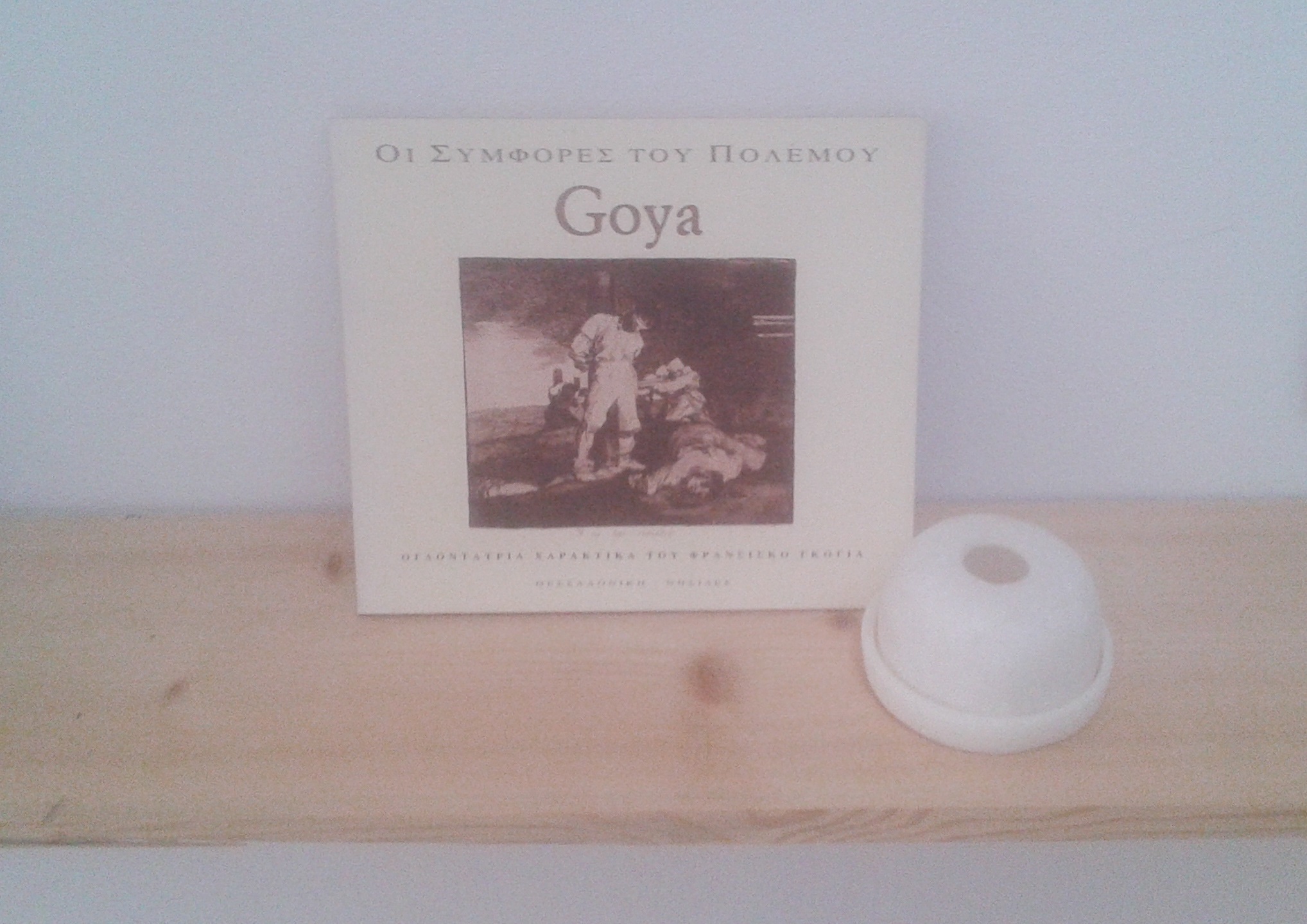
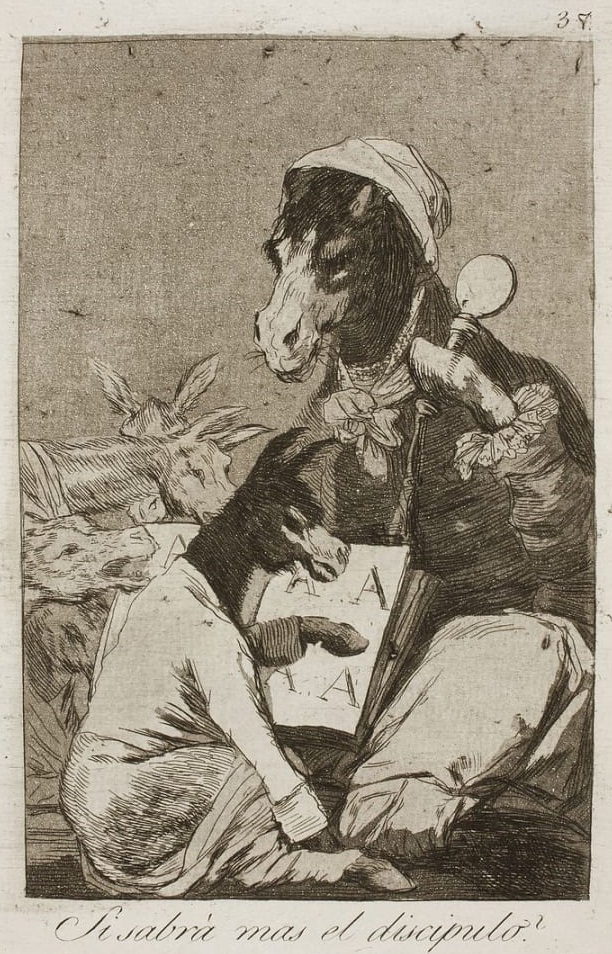
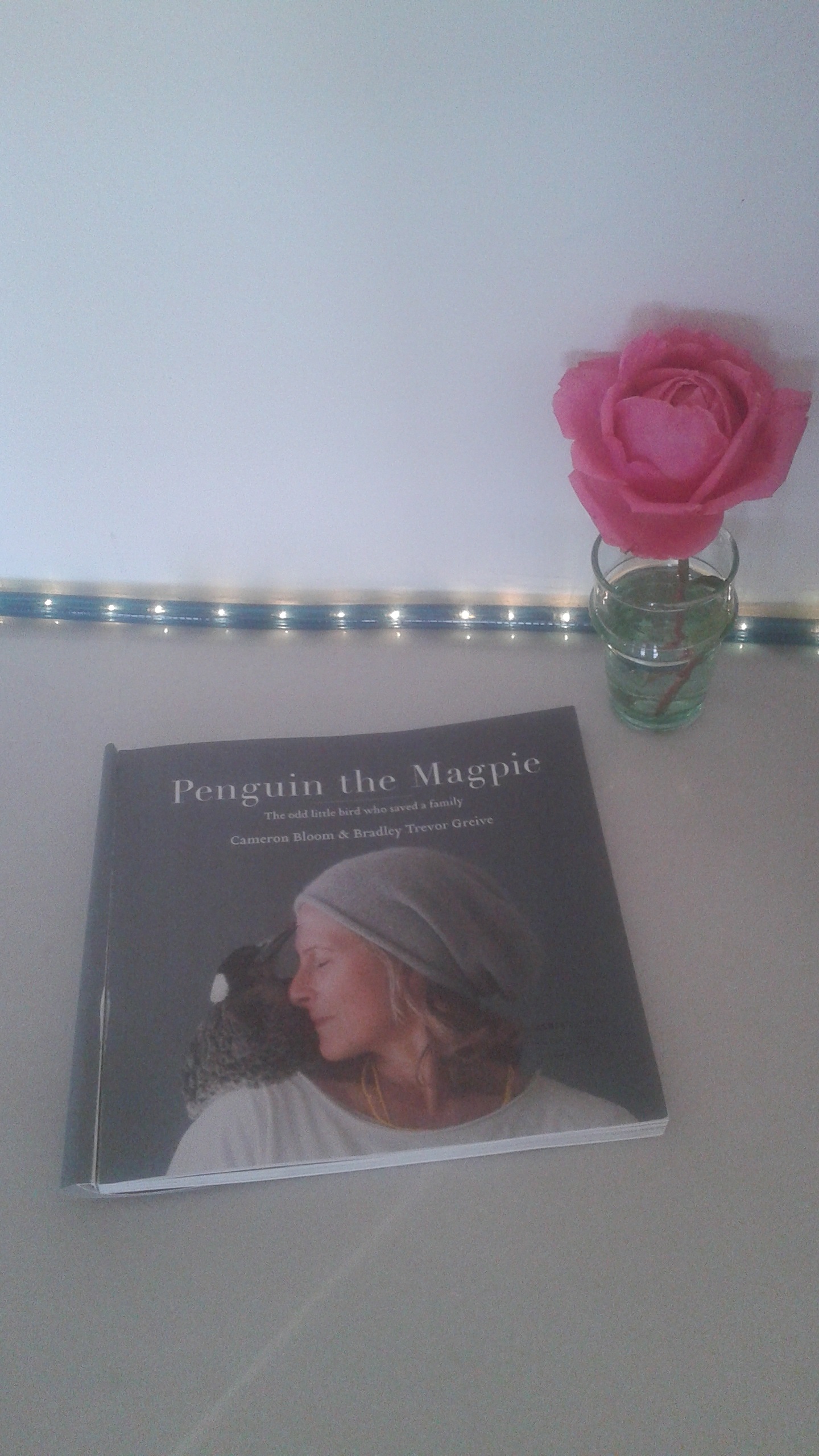
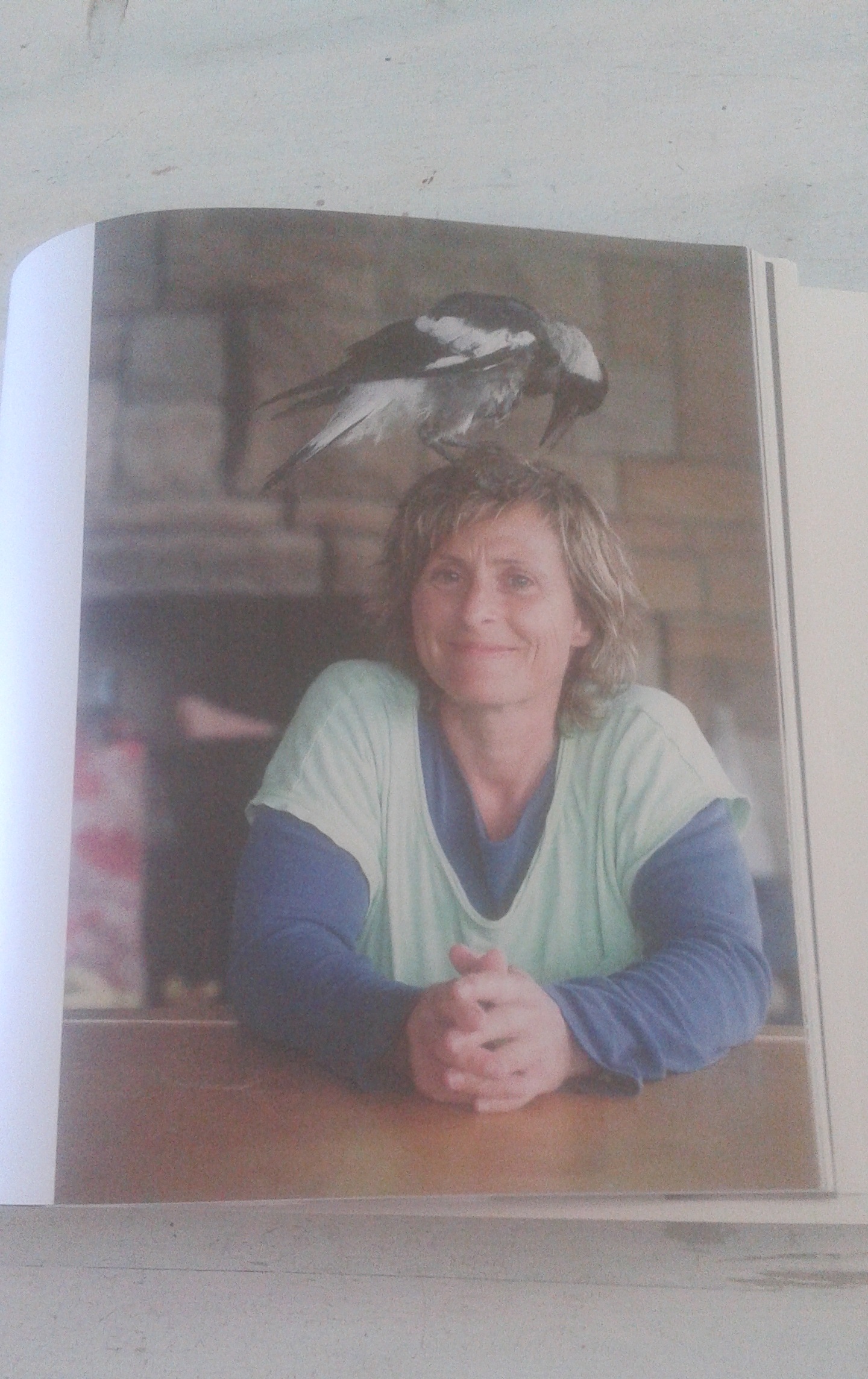

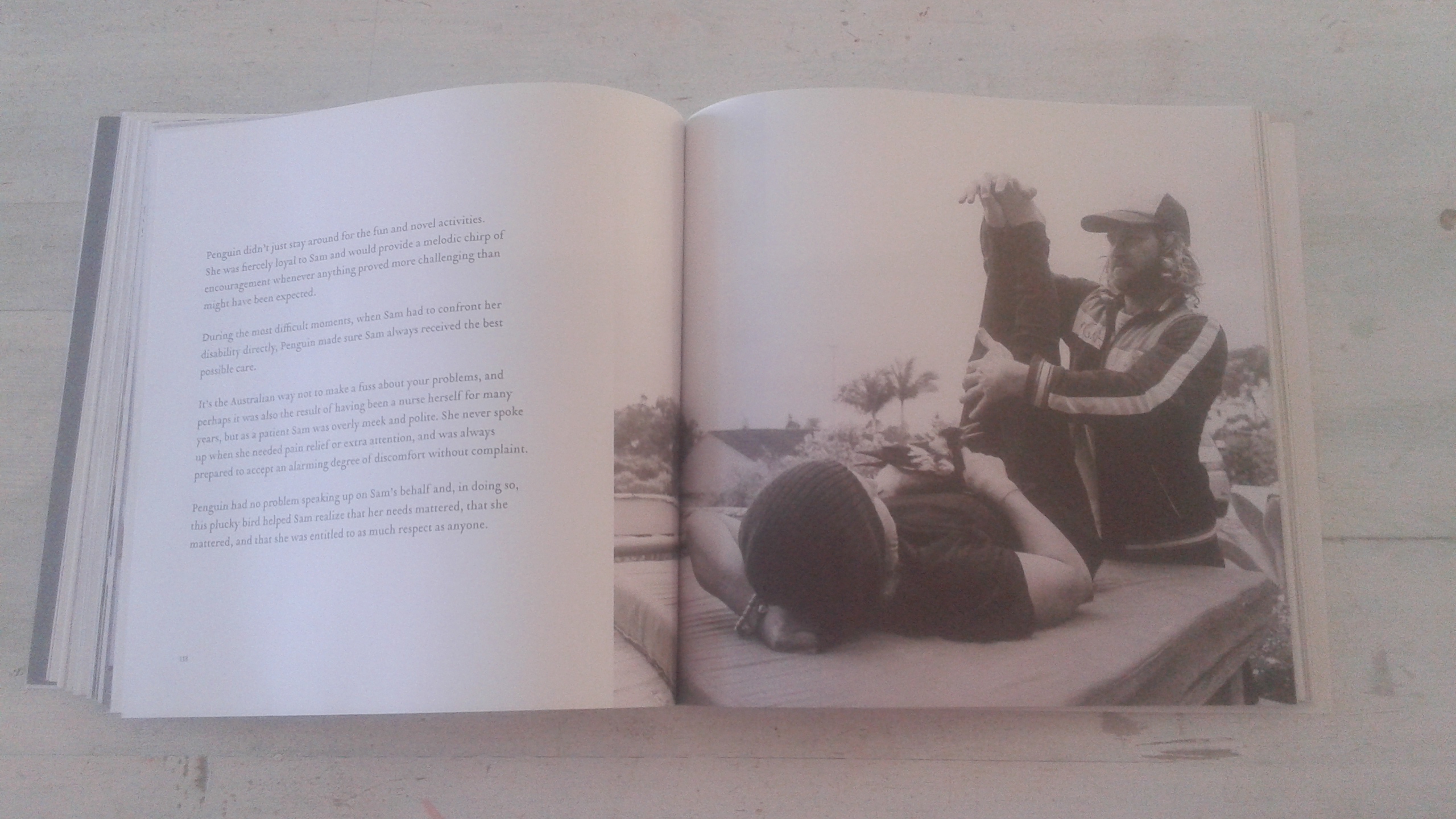
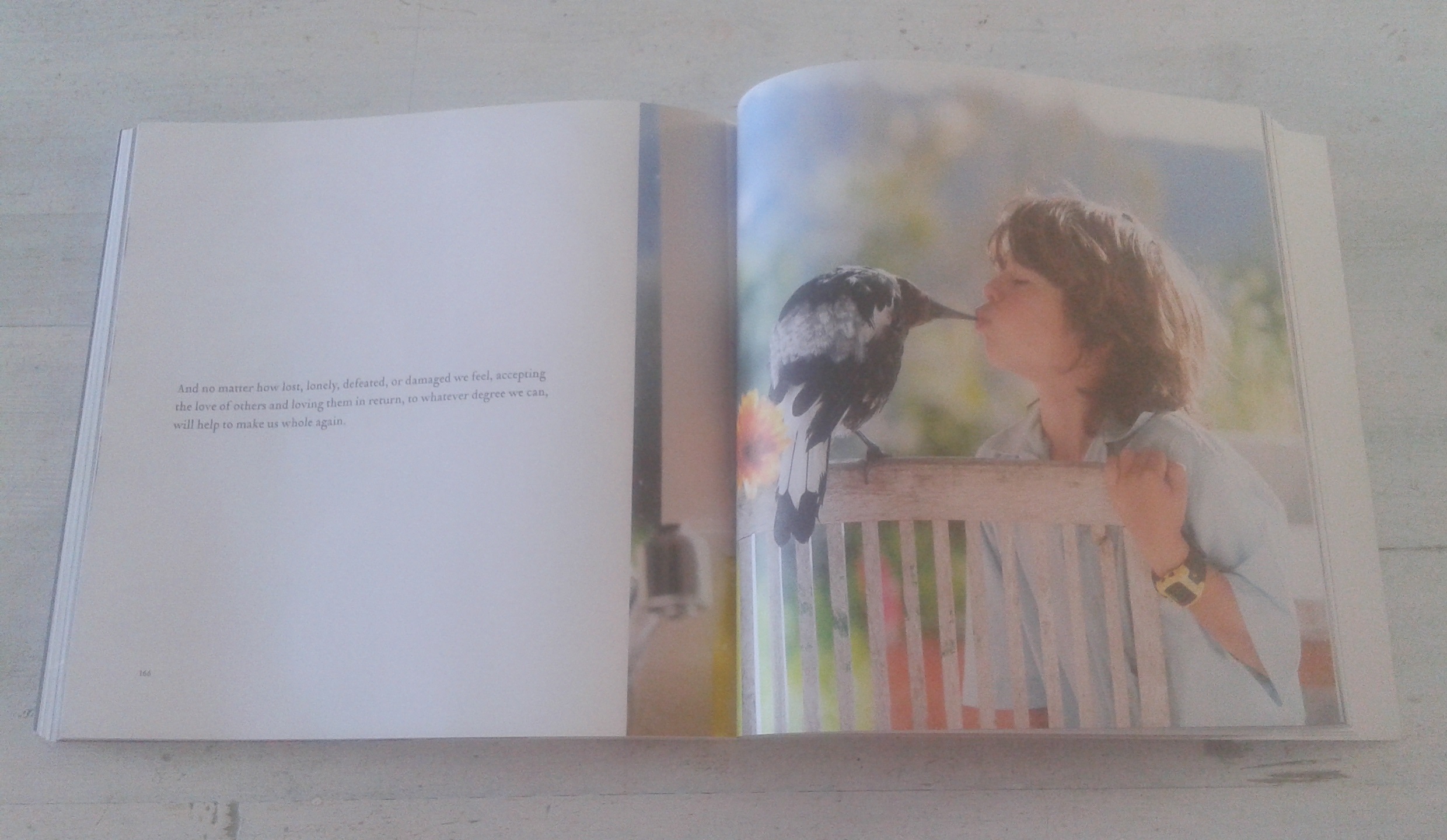 In this week’s (19/05/2025) Being Well podcast, which you can watch at: https://www.youtube.com/watch?v=F4hhBkOFfwU, Forrest, and his father, Rick Hanson, explore disorganized or what is also considered the more “fearful” attachment style, which typically arises as a result of trauma or / and difficult life experiences, especially early on in life, and involves both anxious and avoidant modes of insecure attachment, where both emotional intimacy and distance can feel uncomfortable. They touch upon various aspects and questions concerning attachment theory** , developments in the field, and suggestions on how to heal through integrating parts of ourselves that carry uunmet (emotional) needs.
In this week’s (19/05/2025) Being Well podcast, which you can watch at: https://www.youtube.com/watch?v=F4hhBkOFfwU, Forrest, and his father, Rick Hanson, explore disorganized or what is also considered the more “fearful” attachment style, which typically arises as a result of trauma or / and difficult life experiences, especially early on in life, and involves both anxious and avoidant modes of insecure attachment, where both emotional intimacy and distance can feel uncomfortable. They touch upon various aspects and questions concerning attachment theory** , developments in the field, and suggestions on how to heal through integrating parts of ourselves that carry uunmet (emotional) needs.